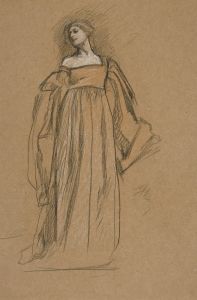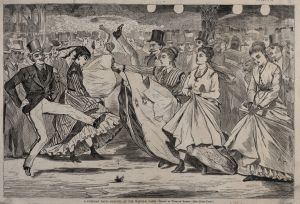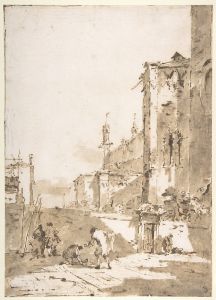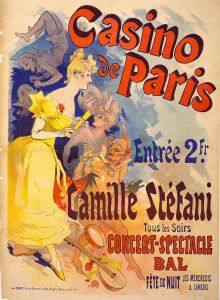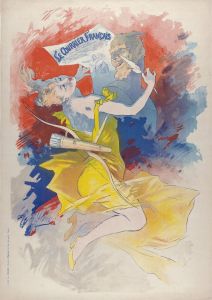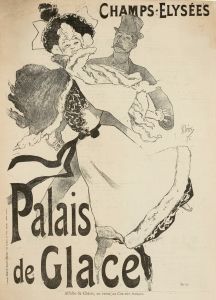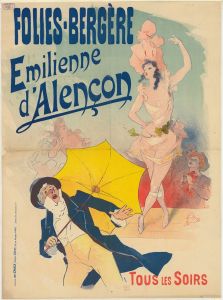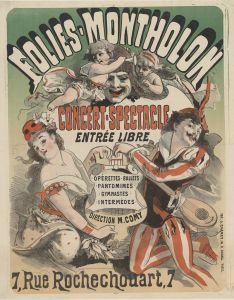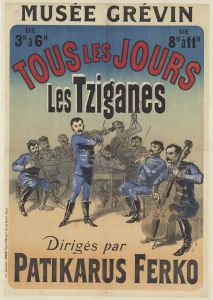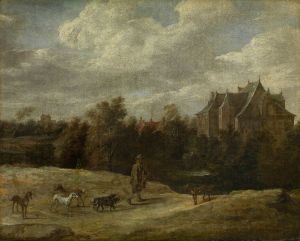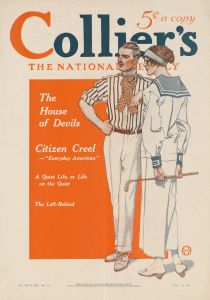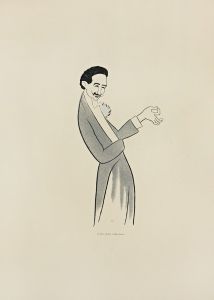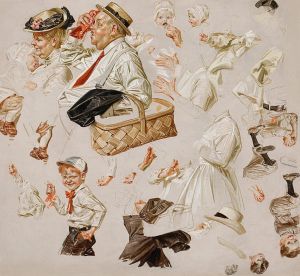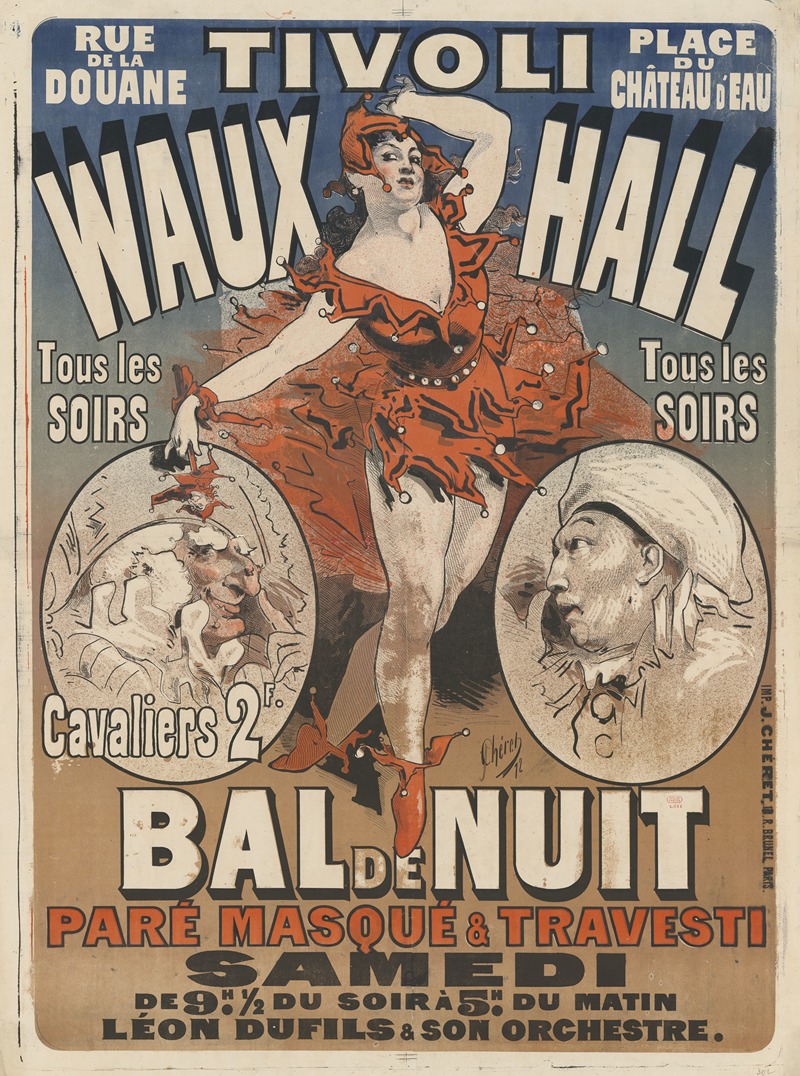
Tivoli Waux-Hall. Bal de nuit
A hand-painted replica of Jules Chéret’s masterpiece Tivoli Waux-Hall. Bal de nuit, meticulously crafted by professional artists to capture the true essence of the original. Each piece is created with museum-quality canvas and rare mineral pigments, carefully painted by experienced artists with delicate brushstrokes and rich, layered colors to perfectly recreate the texture of the original artwork. Unlike machine-printed reproductions, this hand-painted version brings the painting to life, infused with the artist’s emotions and skill in every stroke. Whether for personal collection or home decoration, it instantly elevates the artistic atmosphere of any space.
Jules Chéret's "Tivoli Waux-Hall. Bal de nuit" is a notable example of 19th-century French poster art, created in 1858. Chéret, often referred to as the "father of the modern poster," was a pioneering lithographer and artist whose work played a significant role in shaping the visual culture of the Belle Époque period in France. This particular poster was designed to promote a nighttime ball ("Bal de nuit") at the Tivoli Waux-Hall, a popular entertainment venue in Paris during the mid-19th century.
The Tivoli Waux-Hall was known for hosting a variety of social and cultural events, including dances, concerts, and other public gatherings. Chéret's poster captures the lively and festive atmosphere of such events, using his signature style characterized by vibrant colors, dynamic compositions, and elegant figures. The artwork features a central female figure, often a hallmark of Chéret's designs, surrounded by swirling movement and joyous energy that evoke the excitement of the event being advertised.
Chéret's innovative use of color lithography allowed him to produce posters that were both visually striking and widely accessible. His work marked a departure from the more text-heavy advertising of earlier periods, instead emphasizing bold imagery and artistic flair to capture the attention of passersby. This approach not only revolutionized the field of commercial art but also elevated the status of posters as a legitimate form of artistic expression.
"Tivoli Waux-Hall. Bal de nuit" is an early example of Chéret's mastery of the medium, showcasing his ability to blend art and advertising seamlessly. The poster reflects the cultural vibrancy of Paris during the 19th century, a time when public entertainment and leisure activities were becoming increasingly popular among a growing urban population.
Today, Chéret's posters, including "Tivoli Waux-Hall. Bal de nuit," are celebrated for their historical and artistic significance. They are considered important artifacts of the Belle Époque era and are frequently studied for their contributions to the development of graphic design and advertising. Original copies of Chéret's posters are highly sought after by collectors and are displayed in museums and galleries around the world, serving as enduring reminders of his impact on the visual arts.





